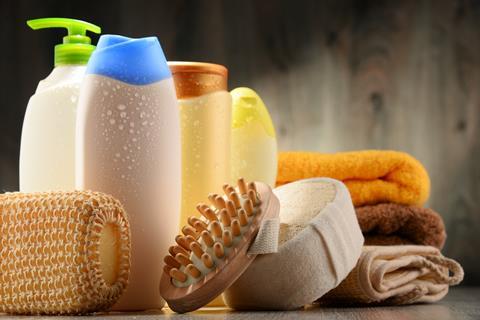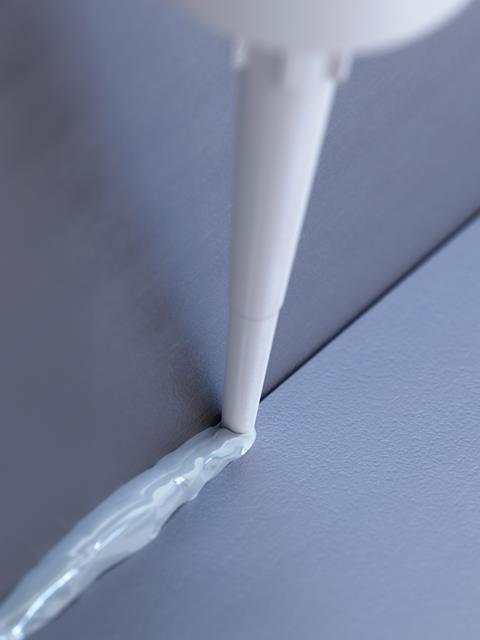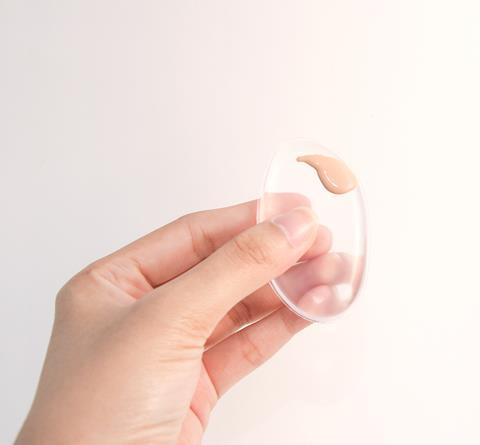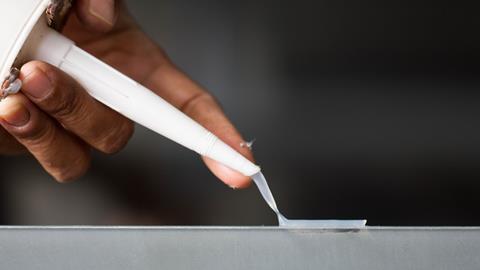Meera Senthilingam
This week, we're taking something natural and making it synthetic. Explaining this process, it's Tim Harrison.
Tim Harrison
Silicone, that's silicon with an 'e' at the end, should not be confused with the element silicon and before considering what silicones are we should first review silicon itself. Silicon is the second most abundant element in the Earth, behind oxygen, and is found chemically bonded to oxygen in silica (that's SiO2) and as the far more complex structures, silicates. Silicon is used in a very high purity in electronic devices, in solar cells and, with less purity, with aluminium as the silicon-aluminium alloys in the automotive industry.
'Silicones' is the name given to the group of synthetic polymers containing silicon. Silicone chemistry is a ten billion dollar plus per year industry. Silicones are present in many familiar products and applications as diverse as shampoos and personal grooming products through bathroom sealants, water-proofing and environmentally friendly dry-cleaning agents. They also have numerous medical uses.

A polymer is a long chain molecule made up of smaller chunks termed repeating units. The repeating units originate in the monomer molecules that react to link up. In common polymers such as polythene, PVC and polystyrene the monomers are made from organic (or carbon-based) molecules and several thousand join together to form a chain of carbon atoms linked via covalent bonding.
In silicone polymers, the chain consists of alternating silicon and oxygen atoms instead of carbon atoms. In the repeating unit there are two organic groups, such as methyls, bonded to each tetravalent silicon atom. The properties of these polymers depend on three features: the length of the polymer molecule, the nature of the other groups attached to the chain and cross-linking between the polymer chains. Just considering chain length, short silicone chains give low viscosity silicone oils. If they are long chains, the silicones would be tough elastomers - elastomers are rubber-like materials. Where the chain length falls between the two, the silicones are described as viscoelastic. Viscoelastic silicones can be rolled into a ball and, after several minutes, will flow to take the shape of the container they are in.

In many consumer uses of silicones, one of the groups joined to the chain is ethanoate. And when the polymerisation takes place, such as with a bathroom sealant, ethanoic acid fumes are produced. Hence the smell of vinegar as the sealant cures.
One licensed liquid silicone, decamethylcyclopentasiloxane, is an alternative to traditional, and less green, organic solvents such as tetrachloroethene as a dry cleaning agent. The cyclic pentamer is also commonly used in several cosmetics such as in hair sprays and skin care products. Polydimethylsiloxane is also present in personal care products, labelled as dimethicone, such as in shampoos where it makes hair slippery and shiny.
Medical uses of silicones are varied and include air-permeable or 'breathable' contact lenses, replacement corneas, medical tubing and in breast implants. Due to its chemical inertness and being dissimilar to any chemical the body normally comes across, silicones can be used within or on the human body with little risk of toxicity.

The term silicone is often used in conjunction with breast implants. Silicones are used in two of the main types of implant. One, the silicone implant, has an elastomer silicone casing or shell filled with viscous silicone gel. The saline implant also has an elastomer silicone shell but this time filled with a sterilized saline solution.
What about the future of silicone polymer chemistry? The commercial applications in personal care products are likely to expand. 'Second skin' wound treatments are being researched as the silicone polymers are able to expand and contract, for example across an elbow joint, unlike plasters. One novel material being researched at the School of Chemistry at Bristol University is the polyhedral oligomeric silsesquioxane (or POSS) cage. These are 'nano' cubes where each side is the length between the oxygen-silicon-oxygen bonds. The silicon atoms at the corner are connected to alky side groups whose composition can be varied. These have potential use in designed nano structures.
Another area of research at Bristol was to create a liquid silicone that could be injected into a foetus, through the uterus wall, to form a temporary seal over the exposed spine of foetuses with spina bifida. The seal would be produced using ultraviolet light to cure the polymer. On birth the silicone seal could be removed and the baby operated on with greater chance of survival than if it were removed from the uterus, operated on and replaced.
With the great variety of useful physical properties that silicones possess, they will continue to be researched as new opportunities for their use arise.
Meera Senthilingam
So more to come in the future then. That was Bristol University's Tim Harrison with the widely applicable chemistry of silicones. Next week, a compound we're not so fond of.
Brian Clegg
If we call a car a rustbucket or speak scathingly of a rusty old wreck, we are not being complimentary. Even though rust - iron oxide - can give all the colours that are considered eye-catching and beautiful in the leaves of a New England fall, its associations are of neglect and decay. We just don't like rust.
Meera Senthilingam
And to find out the chemistry behind these colours, join Brian Clegg in next week's Chemistry in its element. Until then, thank you for listening, I'm Meera Senthilingam.
(Promo)
Chemistry in its element comes to you from Chemistry World, the magazine of the Royal Society of Chemistry and is produced by thenakedscientists dot com. There are more compounds that count on our website at chemistryworld dot org slash compounds.
(End promo)













No comments yet